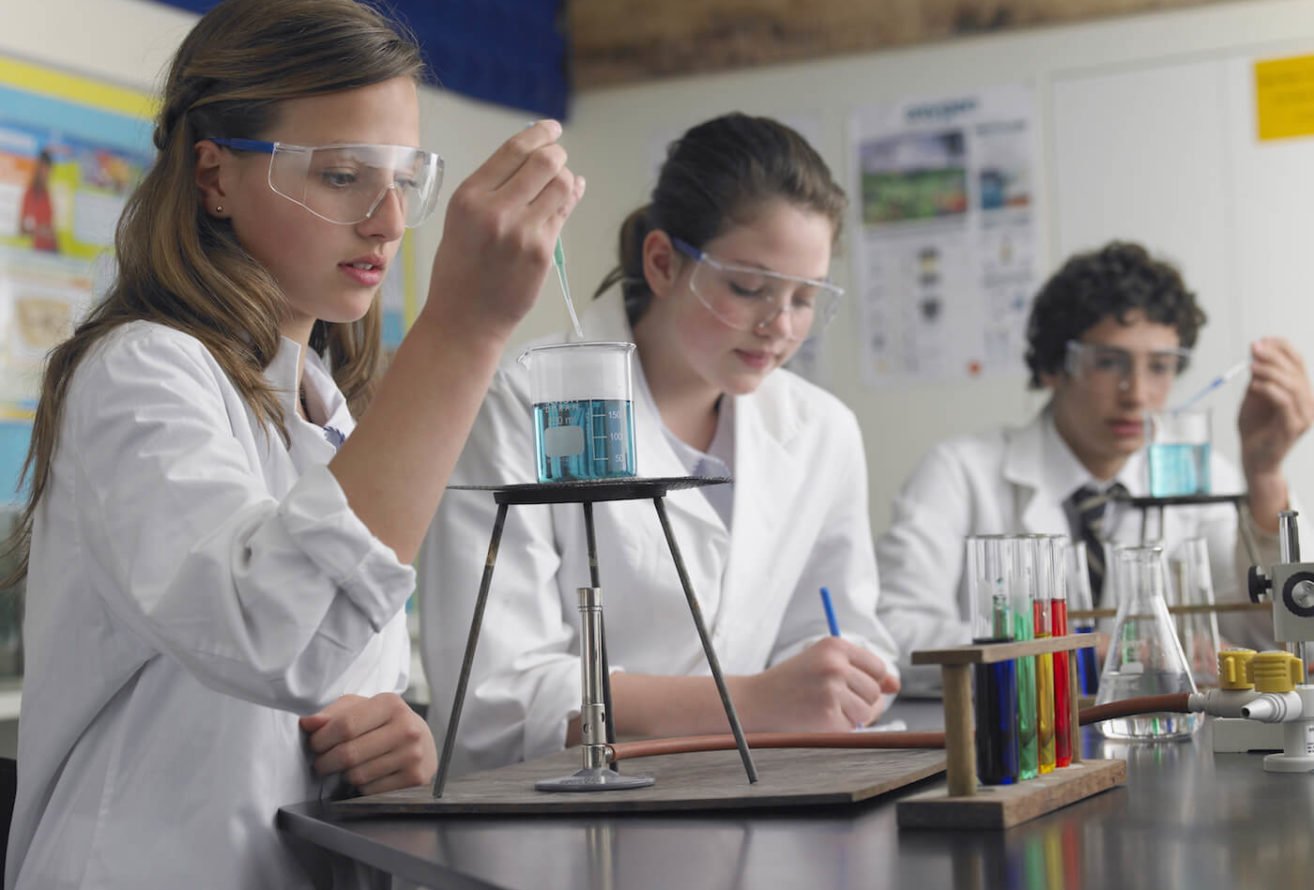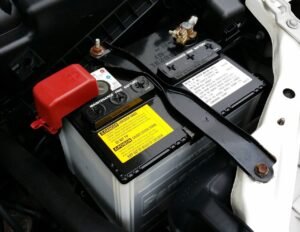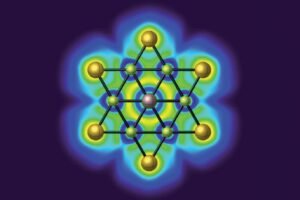Many have talked about the large leap in mathematics and the science subjects from lower secondary to upper secondary, and from upper secondary to the junior college level. I am sure that you have heard of people talking about this, and maybe you are worried about how to prepare your child for it.
But what most people aren’t aware of is the reason why there is this jump in the apparent difficulty students face in the sciences and mathematics. It is no quirk of the Singapore education system, or even a planned hike in the difficulty of the content, but is something fundamentally linked to the nature
of the physical sciences.
The physical sciences can be thought of as a ladder. The rung which is being taught in upper primary and lower secondary is more of a broad, non-technical overview of science concepts important in our daily life and in industry. This is an introduction, or even, a “pre-introduction” for the sciences. Why the education system chooses to teach this first is probably a planned decision, since directly introducing technical content to younger students may be difficult due to their less matured thinking capabilities, yet an understanding in the rough concepts of the physical sciences is important for living and working in an increasingly technological economy.
Hence, even if your child is doing well in lower secondary science, it is no promise that he or she will be able to transition well into upper secondary!
What catches most students off is what happens in Secondary 3, when the fundamental concepts essential to a technical understanding of the science subjects is introduced. In physics, mathematical equations begin to be introduced, as well as how to translate their non-technical understanding of physical systems into more refined ideas like graphs and mathematical equations. In chemistry, abstract concepts like electrons, bonds and molecules begin to be introduced in true detail. Though such content tend to be more abstract and technical, there is a lot of memory work still involved, in order for students to gain a familiarity with these fundamental concepts, sufficient to progress
to the next level.
If your child is relying purely on memory work to score well in upper secondary, he or she might face difficulty in junior college!
No doubt, memory work is important. But the sciences cannot stop there, because the sciences are ultimately subjects of problem solving. This is the skill which is heavily tested in junior college. According to the “teach less, learn more” initiative launched by the Ministry of Education in 2004, the focus is less on content memory and regurgitation, but more on creative application and problem solving. While the heavy content of junior college cannot be overemphasised, what actually catches
most students off is the way the A Levels test the concepts taught. Students are expected to actually understand the concepts at a deeper level, and apply these concepts to solve real-world engineering problems as presented in the questions.
Understanding and applying science concepts is what throws most students off at the A Levels!
Hence, it is important to ensure that your child is not just getting by through content memorisation or routine drilling – the A Levels is known for throwing new, unseen question types to students year after year. This is why we at StemCo believe in an STEM education which focuses on creative thinking and problem solving, skills which are tested in our wide range of competitions. You can sign your child up for our competitions, and see how well they fare in the various science related learning skills, thanks to our individualised report generated based on your child’s performance in the competitions!
Never look back, but always look forward!









